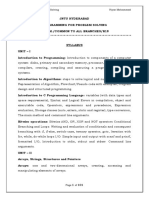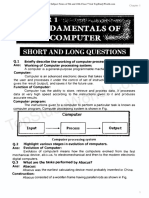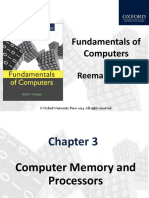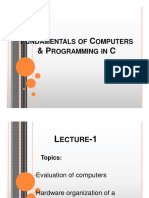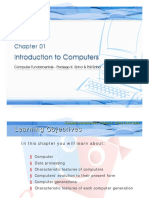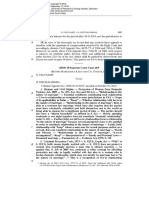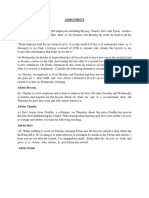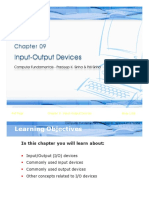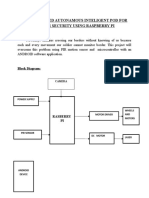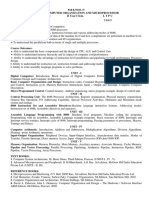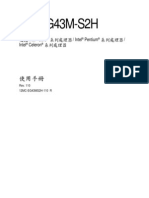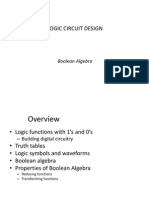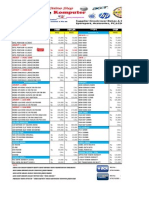0% found this document useful (2 votes)
7K views50 pagesComputer: Computer Fundamentals: Pradeep K. Sinha & Priti Sinha
The document discusses the history and characteristics of computers over multiple generations. It begins by defining what a computer is, noting that it is an electronic device that can perform calculations at high speeds and store, process, and retrieve data. It then discusses key aspects of early computer development from the 17th century through the 1950s, including pioneers like Pascal, Leibniz, Babbage, and the development of early machines like the ENIAC, EDVAC, and UNIVAC I. The document goes on to define the five generations of computers based on hardware and software technologies, providing examples and characteristics of the first three generations from vacuum tubes to integrated circuits.
Uploaded by
Vibhuti SharmaCopyright
© © All Rights Reserved
We take content rights seriously. If you suspect this is your content, claim it here.
Available Formats
Download as PDF, TXT or read online on Scribd
0% found this document useful (2 votes)
7K views50 pagesComputer: Computer Fundamentals: Pradeep K. Sinha & Priti Sinha
The document discusses the history and characteristics of computers over multiple generations. It begins by defining what a computer is, noting that it is an electronic device that can perform calculations at high speeds and store, process, and retrieve data. It then discusses key aspects of early computer development from the 17th century through the 1950s, including pioneers like Pascal, Leibniz, Babbage, and the development of early machines like the ENIAC, EDVAC, and UNIVAC I. The document goes on to define the five generations of computers based on hardware and software technologies, providing examples and characteristics of the first three generations from vacuum tubes to integrated circuits.
Uploaded by
Vibhuti SharmaCopyright
© © All Rights Reserved
We take content rights seriously. If you suspect this is your content, claim it here.
Available Formats
Download as PDF, TXT or read online on Scribd
/ 50




